curiousbob
Rough_Rock
- Joined
- Sep 16, 2011
- Messages
- 5
This diamond's cut grade was affected by brillianteering. I understand the impact of this varies. Could any experts please comment if it looks like a problem? Thanks very much!! 
http://www.jamesallen.com/diamonds/I-VS1-Ideal-Cut-Round-Diamond-1407910.asp
Shape: Round
Carat weight: 0.89
Cut: Ideal
Color: I
Clarity: VS1
Certificate: GIA
Depth: 60.6%
Table: 57.0%
Polish: Very Good
Symmetry: Excellent
Girdle: Medium
Culet:
Fluorescence: None
Measurements: 6.24*6.27*3.79
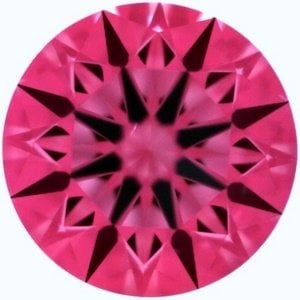
http://www.jamesallen.com/diamonds/I-VS1-Ideal-Cut-Round-Diamond-1407910.asp
Shape: Round
Carat weight: 0.89
Cut: Ideal
Color: I
Clarity: VS1
Certificate: GIA
Depth: 60.6%
Table: 57.0%
Polish: Very Good
Symmetry: Excellent
Girdle: Medium
Culet:
Fluorescence: None
Measurements: 6.24*6.27*3.79


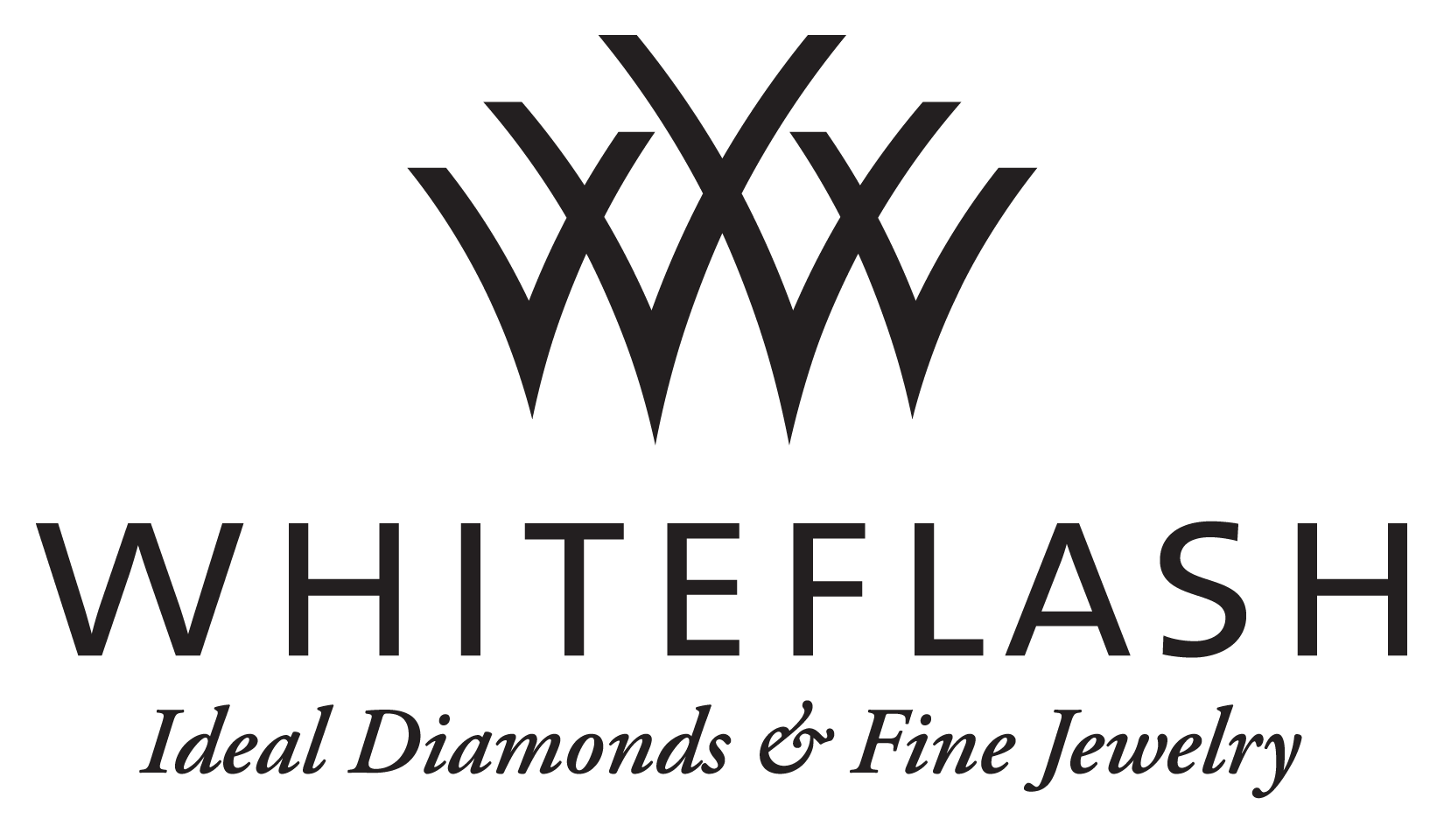
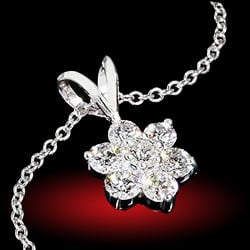
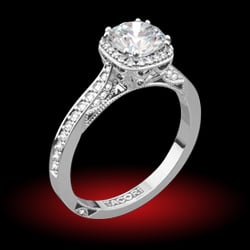
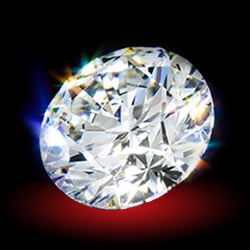
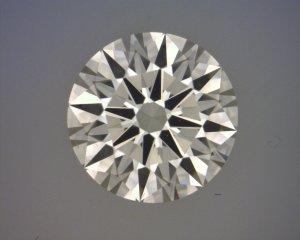



300x240.png)